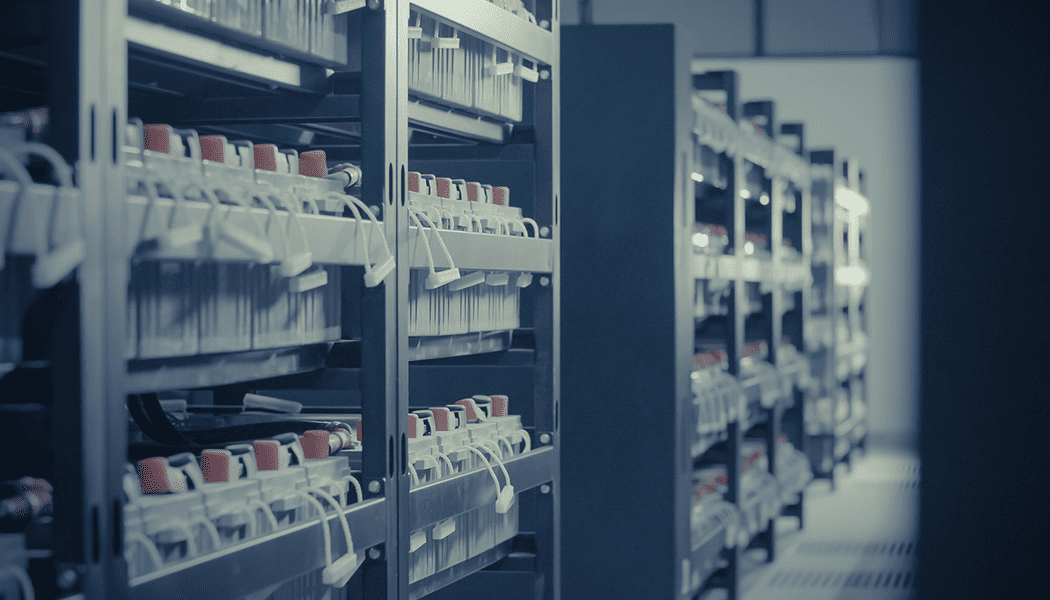As the world appeared online overnight due to the COVID-19 pandemic, criticism of data centers and the unrelenting reliance on them in all walks of life became an enduring storyline of the crisis. This reality will unfold in new ways as the data center in 2021 and the information ecosystem orbiting it emerge from the pandemic with a fourth utility criticality, complete with all expectations and responsibilities. This is among the emerging 2021 data center trends identified by experts from Vertiv (NYSE: VRT), a global provider of continuity and critical digital infrastructure solutions.
Data centers have long been held to high availability standards, but the shift toward utility-like status will be noticeable in two ways. First, those high expectations for network availability will extend deep into rural and remote areas, bringing critical applications to more of the population. This will increase pressure on data centers to maintain connectivity even at the outer edges of their networks. Second, any distinction between availability and connectivity will be erased, as the ability to ensure and protect connections across increasingly distributed hybrid networks becomes as much of a requirement as any traditional measure of data center uptime.
“Data centers have been moving toward public utility-type status for some time, but the pandemic has crystalized the need to establish the kinds of official guardrails that have been commonplace across other utilities,” said Gary Niederpruem, chief strategy and development officer for Vertiv. “This isn’t just about working from home, although that is part of it. More importantly, it is about supporting the digital economy in its most mission-critical forms, which include increased reliance on telemedicine and health, enhanced e-commerce, and global telecommunications and mass media.”
The pandemic effectively sets a new foundation for digital infrastructure as the industry adjusts to and eventually moves beyond the global shutdown. Against the backdrop, experts at Vertiv identified many other emerging trends to watch in 2021. They are:
Digitalization on Fast Forward: COVID-19 will have a lasting effect on the workforce and the IT ecosystem supporting the new work-from-home model. Vertiv experts expect the pandemic-motivated investment in IT infrastructure to continue and expand, enabling more secure, reliable, and efficient remote work capabilities. Remote visibility and management will become paramount to the success of these work-from-home models. Already remote service capabilities have emerged to reduce the need for on-site service calls, and those practices are likely to continue long after the pandemic.
Any cautious steps taken early in the crisis will be accelerated as the pandemic pushes into 2021 and organizations accept these changes not as a temporary detour, but rather a permanent adjustment to the way we work and trade. Over time, what is done in-person versus remotely will change, and the change will be driven by customers looking to minimize their on-site presence. That places a premium on remote monitoring, connectivity, artificial intelligence, and data analytics for decision making.
“Recovery requires a change in mindset for most organizations,” said John-David Lovelock, distinguished research vice president at Gartner, in a recent statement. “There is no bouncing back. There needs to be a reset focused on moving forward.”
Bringing Large Data Center Capabilities to Small Spaces and the Edge: Today’s edge is more important and complex, functionally the data center’s extension rather than the glorified IT closet of the past. Complexity and Cost have prevented implementation of data center best practices in these spaces, but this is changing. The experts at Vertiv estimate a continued focus on bringing hyperscale and enterprise-level capabilities to these edge sites. This involves greater intelligence and control, an increased emphasis on availability and thermal management, and more attention to energy efficiency in systems.
“Wherever there is a high density of data processing, there will be a demand for edge computing. That demand, and scale, will necessitate more resilient and intelligent edge infrastructure,” said Giordano Albertazzi, president of Vertiv in Europe, Middle East and Africa (EMEA). “We are seeing expansion of the edge in many countries and that will eventually extend to emerging markets. Edge deployments are also closely aligned to other key trends such as 5G and environmental sustainability, and the integration of edge sites with energy grids can support the transition towards renewables.”
The 5G Conversation Turns to Energy Consumption and Efficiency: In this early phase of 5G planning and launches, the discussion has focused on the ultimate benefits of the technology – increased bandwidth and reduced latency – and the applications it will enable. But, as many countries begin their 5G rollouts in 2021, and the early adopters begin to drive breadth and scale, the focus will shift to the significant energy consumption growth brought by 5G and strategies to deploy more effectively.
The network density required to fully realize the promise of 5G adds to the increased energy demands – 3.5 times more predictable than 4G. In the coming year more focus will be on managing significant growth in energy consumption by exploring more efficient products and practices.
Sustainability Comes to the Forefront: 5G is one piece of a broader sustainability story. As the proliferation of data centers continues and even accelerates, especially in the hyperscale space, those cloud and colocation providers are facing increased scrutiny for their energy and water usage. The amplification of the climate change conversation and shifting political winds in the United States and globally will only add to the focus on the data center industry, which accounts for approximately 1% of global energy consumption.
The coming year will see a wave of innovation focused on energy efficiency across the data center ecosystem. The benefits for data center operators are clear, starting with cost reduction, compliance with existing and anticipated regulations, and the goodwill that comes with establishing a leadership position in the global sustainability movement. Look for important innovations across the data center infrastructure space and especially in the area of thermal management.








